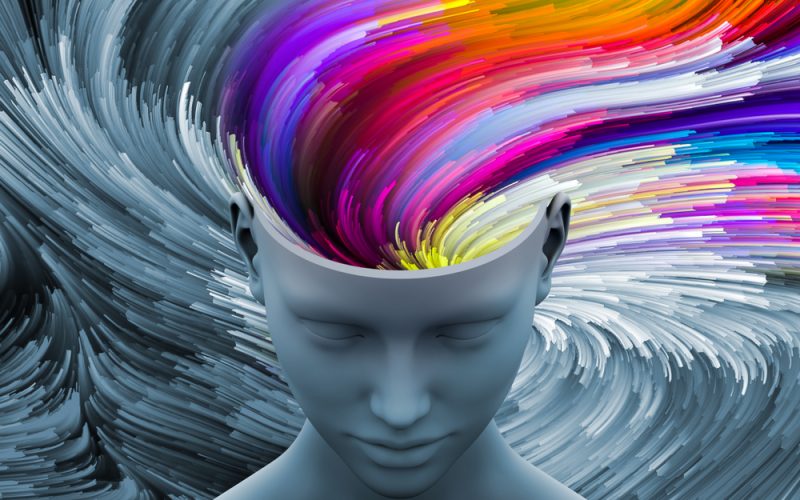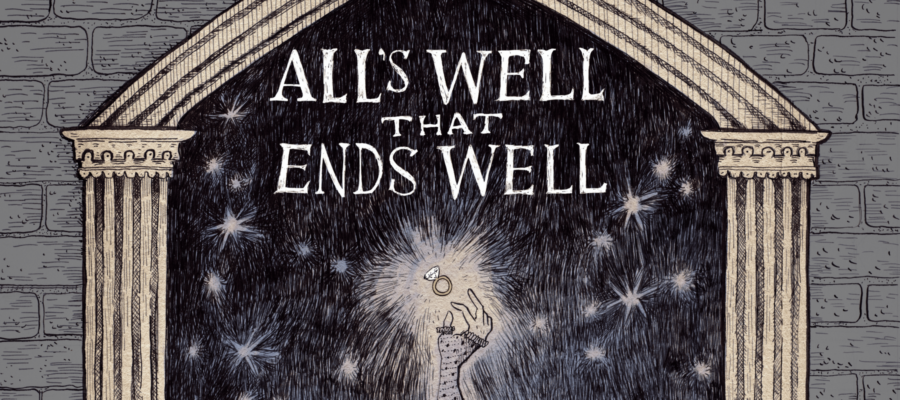Dr Shabana Safdar Khan
Birds are simply love. They manifest nature’s aesthetical manifestation and thus are lovable. Accordingly, birds are fascinating creatures that have evolved to adapt to various environments and challenges. Their unique anatomical features enable them to fly, sing, migrate, mate, and survive. For example, birds have hollow bones that reduce their weight and increase their buoyancy in the air. They also have a unique respiratory system that allows them to breathe more efficiently and maintain a high metabolic rate. Birds have diverse and specialized beaks that reflect their diet and lifestyle. Some birds have thin, pointed beaks for catching insects, while others have thick, strong beaks for cracking seeds or nuts.
Birds also have colourful and patterned feathers that serve various purposes, such as attracting mates, camouflaging from predators, regulating body temperature, and expressing emotions. Birds are also intelligent animals that can learn, communicate, solve problems, and use tools. Some birds, such as parrots, mynahs, and lyrebirds, can mimic human speech or other sounds. Some birds can use objects as tools to obtain food or build nests, such as crows, finches, and woodpeckers. Some birds can even recognize themselves in mirrors or cooperate with other species, such as magpies, ravens, and honeyguides.
There are aesthetical reasons to love birds. Beautiful birds add colour, sound, and movement to our world. They have stunning plumage that ranges from bright and vivid to subtle and elegant. They have varied shapes and sizes that create interesting silhouettes and contrasts. They have graceful and agile movements that inspire awe and admiration. They also have melodious and diverse songs that enrich our auditory senses. Birds can be appreciated for their artistic value and their contribution to our culture and history.
Many artists, poets, musicians, and writers have been inspired by birds and their symbolism. For example, the phoenix represents rebirth and immortality; the dove represents peace and love; the eagle represents power and freedom; the owl represents wisdom and mystery; the peacock represents beauty and pride; the hummingbird represents joy and energy; the swan represents elegance and purity; the nightingale represents romance and sorrow; the robin represents hope and cheerfulness; the flamingo represents fun and flamboyance; the penguin represents loyalty and friendship; the parrot represents intelligence and humor; the kiwi represents uniqueness and curiosity; the ostrich represents courage and optimism; the toucan represents diversity and adventure; the pelican represents generosity and sacrifice; the albatross represents endurance and luck; the crane represents longevity and grace; the stork represents fertility and delivery; the cuckoo represents deception and betrayal; the vulture represents death and scavenging; the sparrow represents simplicity and humility; the crow represents cunning and trickery; the hawk represents vision and hunting; the seagull represents freedom and opportunism; the woodpecker represents persistence and rhythm; the cardinal represents vitality and faithfulness; the bluebird represents happiness and serenity.
Romantically, birds are lovable animals that show affection, loyalty, and devotion to their mates. They form strong bonds with their partners that last long or even for life. They engage in various courtship behaviours that demonstrate their attraction, such as singing, dancing, displaying, feeding, preening, touching, kissing, cuddling, nesting, mating, defending, cooperating, sharing, gifting, teaching, learning, grieving, celebrating, etc. Some examples of bird species that are known for their romantic gestures are lovebirds (which are named after their tendency to sit close together), penguins (which propose with pebbles), albatrosses (which perform elaborate dances), swans (which form heart-shaped poses), flamingos (which synchronize their movements), parrots (which groom each other), cranes (which bow to each other), bowerbirds (which build decorated structures), grebes (which perform underwater ballets), pigeons (which coo softly), doves (which mate for life), etc.
There are also natural reasons to love birds, which are beneficial animals that provide ecological services and environmental benefits to our planet. They play essential roles in maintaining the balance of nature by performing functions such as pollinating plants, dispersing seeds, controlling pests, scavenging wastes, recycling nutrients, indicating health, enhancing diversity, creating habitats, modifying climates, etc. Some examples of bird species that are known for their natural contributions are hummingbirds (which pollinate flowers), toucans (which disperse fruits), owls (which prey on rodents), vultures (which clean carcasses), egrets (which fertilize soil), canaries (which detect gas), puffins (which increase biodiversity), woodpeckers (which create cavities), swifts (which reduce heat), etc.
Lastly, birds are enjoyable animals that provide entertainment, education, and companionship to humans. They offer opportunities for recreation, relaxation, exploration, discovery, observation, appreciation, admiration, fascination, curiosity, wonder, delight, amusement, fun, joy, happiness, etc. They also teach us valuable lessons about life, such as resilience, adaptability, creativity, cooperation, communication, diversity, harmony, beauty, love, etc. Some examples of bird species that are known for their human interactions are parakeets (which are popular pets), eagles (which are national symbols), pigeons (which carry messages), chickens (which provide food), ducks (which amuse children), ravens (which inspire stories), peacocks (which decorate gardens), falcons (which assist hunting), macaws (which attract tourists), etc. Birds represent the aesthetical manifestation of nature, and thus, we love them.















